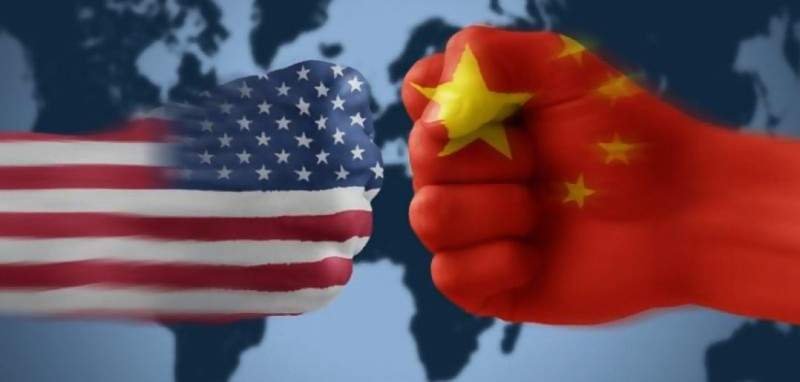Trump’s Thursday Twitter post is evidence of that, Lanhee Chen, a research fellow at the Hoover Institution, told CNBC on Friday. In fact, he said, the tweet — about a “long and very good conversation” with China’s president — is one of several “smoke signals” that show the White House truly hopes to resolve its ongoing dispute with the world’s second-largest economy.
“I tend to think that the president actually wants to get to a deal on China at some point,” Chen told CNBC’s “Squawk Box.”
Beyond the Twitter post, Chen pointed to the White House playing up Trump’s meeting with Chinese President Xi Jinping at the G-20 summit in Buenos Aires later this month. In fact, the U.S. leader highlighted that summit in his recent tweet, saying trade discussions “are moving along nicely” ahead of the planned face-to-face meetings.
“I tend to think that they are looking for something as a pathway to progress. They’re looking to be able to say: ‘Look, we have reached even a very small measure of agreement on something,’ and use that as a catalyst to get some additional resolution on the U.S.-China trade issue,” said Chen, who is also director of domestic policy studies in the Public Policy Program at Stanford University.
In fact, a few hours after Chen spoke with CNBC, a report said Trump had asked officials to begin drafting terms of a potential agreement.
What lies ahead
The trade dispute with China is “the single biggest drag” on the U.S. going into next year, Chen said, telling CNBC that Trump “realizes he’s going into a real action cycle.” That is, even though Trump has been keeping up with political rhetoric toward China, concerns about the U.S. economy may be beginning to weigh on the president’s mind, the Stanford expert said.
Chen predicted “a dialing down of (trade) tensions over these next several months.”
Still, many see a full agreement as a long way off.
Geopolitical consultancy Eurasia Group said in a note on Friday that major hurdles remain in a resolution to the bilateral trade conflict despite the positive tenor of Trump’s Thursday tweet.
“The divide on key issues remains wide, and Trump is not likely under enough political pressure to agree to a weak deal with Beijing,” Eurasia analysts wrote.
That Trump is directly engaged in the discussions, however, could give them a kick start, the analysts added.
“Xi may feel that Trump is more serious about a settlement, and direct Beijing to be bolder in its offers,” they wrote, adding that “the critical watchpoint will be whether Trump actively directs his cabinet to engage directly with China at a senior level.”
Although they warned the chances of meaningful G-20 discussions could “fizzle” if the U.S. is stuck in “show me” mode, they emphasized that anything could change.
“As has often been the case in U.S.-China negotiations over the last year, Trump may be responding to warm sentiments from Xi, but could quickly change his mind when his trade advisers convince him that the U.S. can achieve a better deal by continuing to apply pressure,” the Eurasia analysts said.
